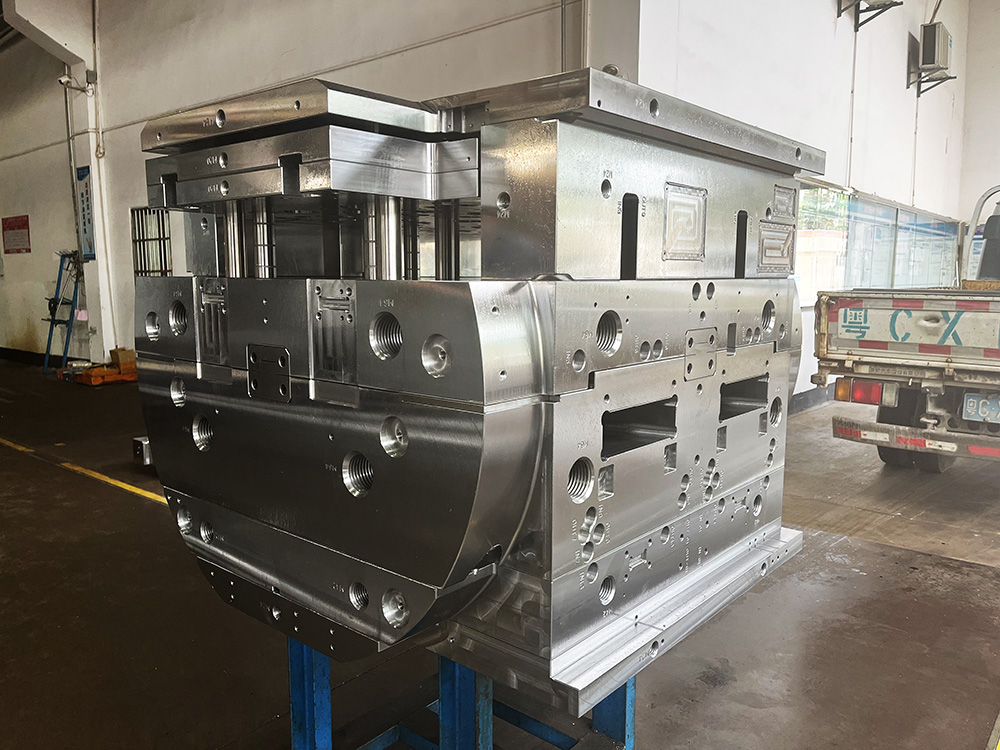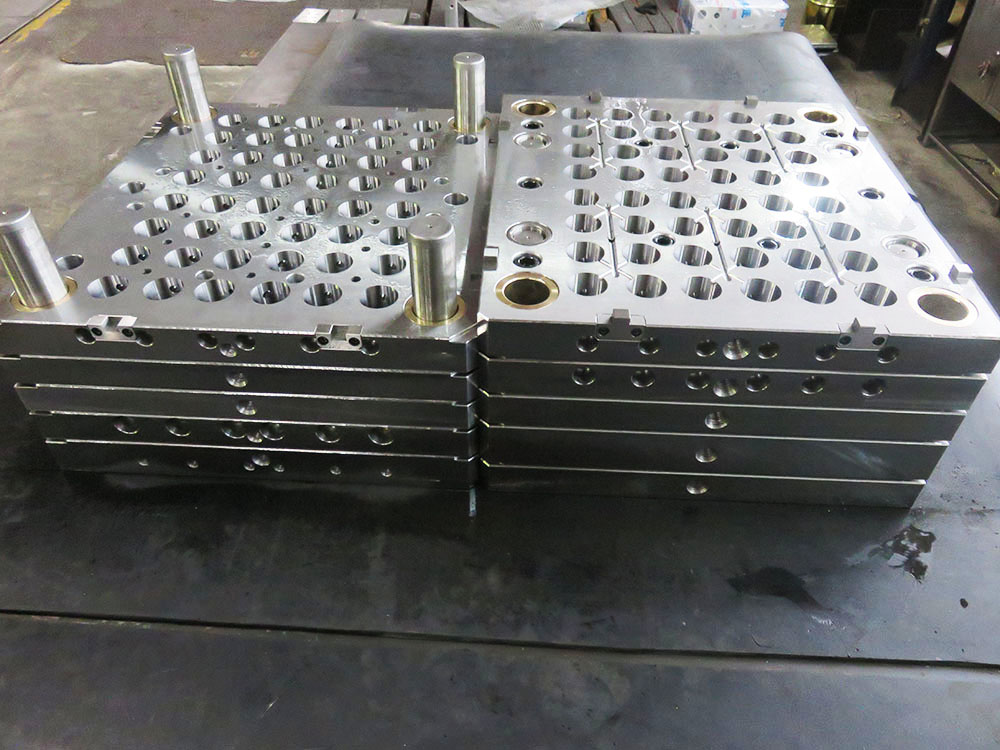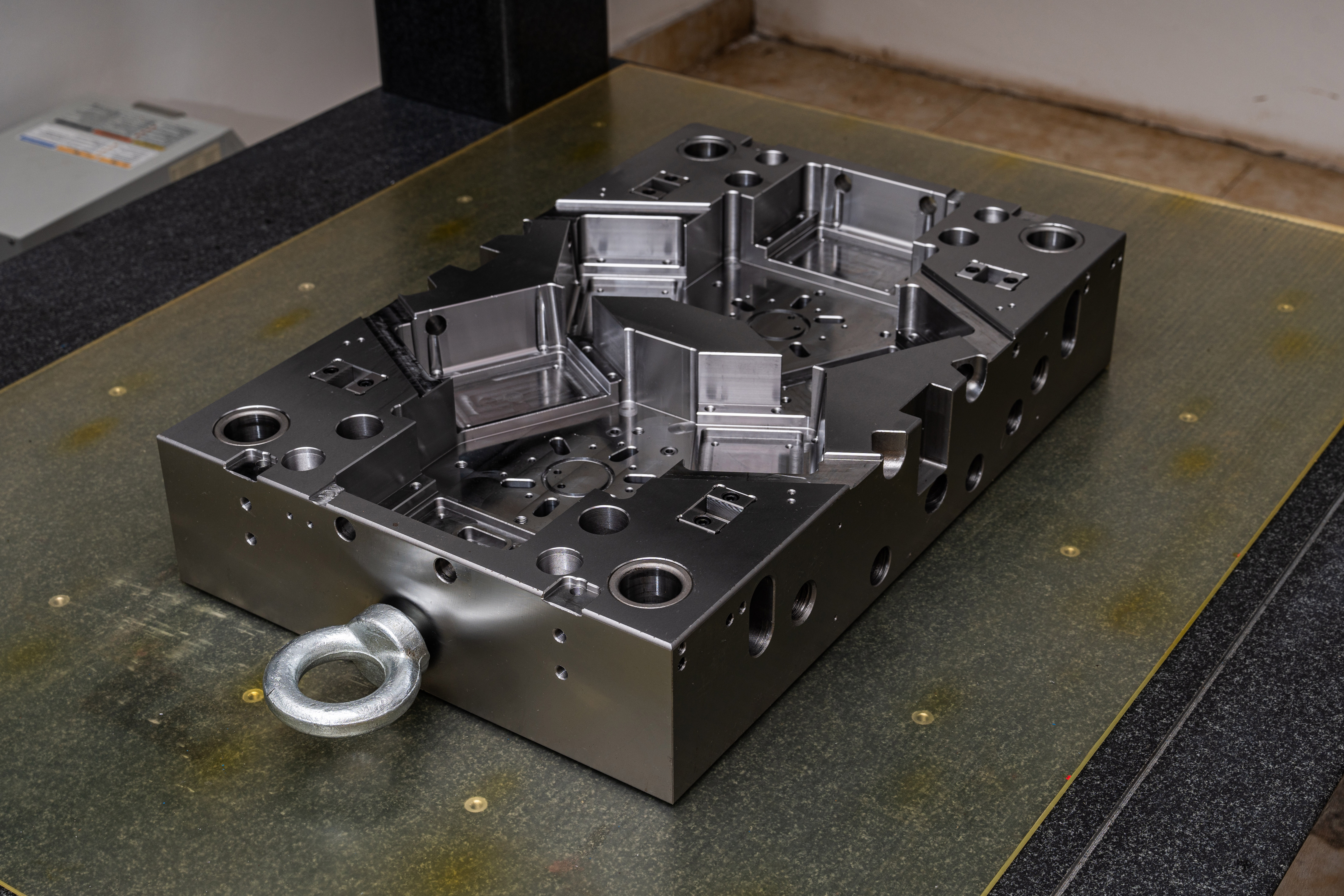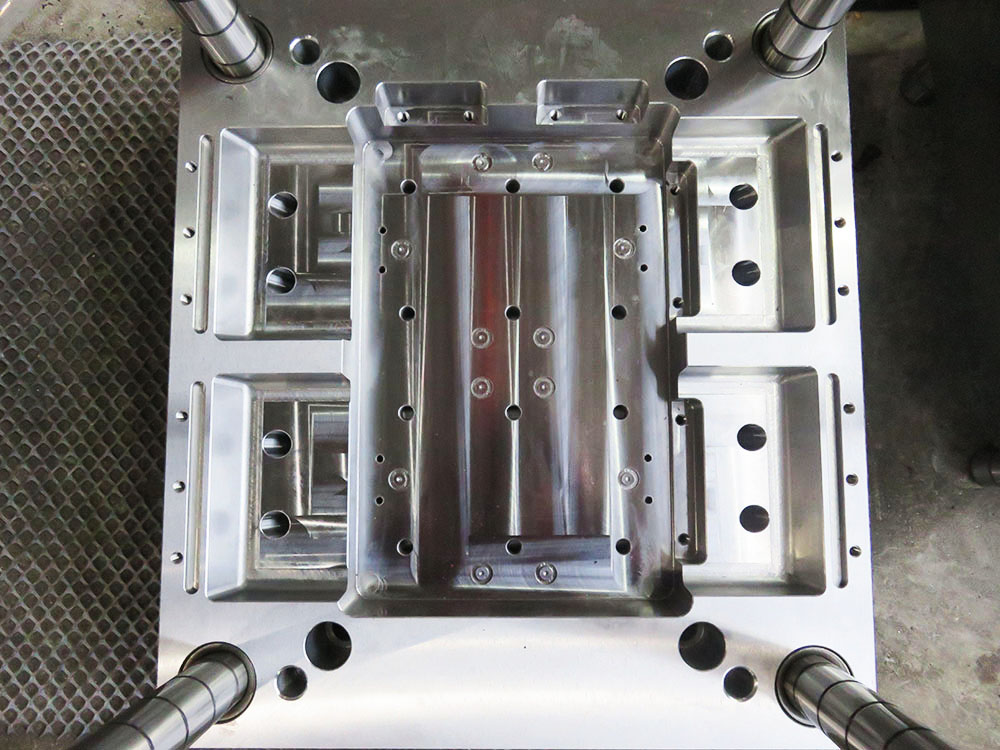Mold Base Industry: Estimating Quota for Subframe Covers
The mold base industry plays a vital role in manufacturing processes across various sectors, including automotive, electronics, and consumer goods. Mold base manufacturers produce the foundational components for creating molds used in the production of plastic and metal parts. One critical part of the mold base is the subframe cover, which provides the necessary support and protection for the mold components. Estimating the quota for subframe covers is crucial for the efficient and timely production of molds. This article delves into the key considerations and methodologies involved in estimating the quota for subframe covers in the mold base industry.
1. Understanding the Importance of Subframe Covers
Subframe covers are essential components within a mold base as they provide support to the various mold elements, such as the mold plate, ejector system, and cavity inserts. These covers contribute to the overall stability and rigidity of the mold, ensuring precise and accurate production of parts. Additionally, subframe covers protect the internal mold components from damage caused by external factors, such as impacts or pressure. Without subframe covers, the mold's structural integrity may be compromised, leading to subpar part production or mold failure.
2. Determining the Estimation Factors
Multiple factors influence the estimation of the quota for subframe covers in the mold base industry. These factors include:
- Mold Size: Larger molds generally require more subframe covers to maintain stability and support for the extended mold components.
- Mold Complexity: Complex molds with intricate designs or multiple cavities may necessitate additional subframe covers to provide adequate support to the various mold elements.
- Material Selection: The choice of materials for subframe covers impacts their durability and strength. Different types of materials, such as steel, aluminum, or composite materials, affect the number of covers needed.
- Mold Base Standards: Adhering to industry standards and regulations for mold base construction is crucial. Compliance with these standards may dictate the specific quota of subframe covers necessary.
3. Estimation Methodologies
Estimation of the quota for subframe covers involves various methodologies, including:
- Mold Design Analysis: Analyzing the mold design provides insights into the required number of subframe covers. This analysis considers factors such as the weight distribution, stress points, and support needs within the mold structure.
- Engineering Expertise: Experienced mold engineers possess the knowledge and expertise to estimate the optimal quota of subframe covers based on their understanding of mold base requirements and industry best practices.
- Simulation Software: Utilizing specialized simulation software allows engineers to simulate the mold base's behavior and evaluate the impact of different subframe cover configurations. These simulations aid in determining the optimal quota to achieve desired performance and minimize risks.
4. Conclusion
Estimating the quota for subframe covers in the mold base industry is a critical aspect of ensuring the quality and efficiency of mold production. The accurate estimation of subframe cover requirements based on factors such as mold size, complexity, material selection, and compliance with industry standards paves the way for successful mold manufacturing. Through mold design analysis, engineering expertise, and simulation software, manufacturers can optimize the quota for subframe covers, leading to robust and reliable mold bases that meet the specific requirements of various industries.




